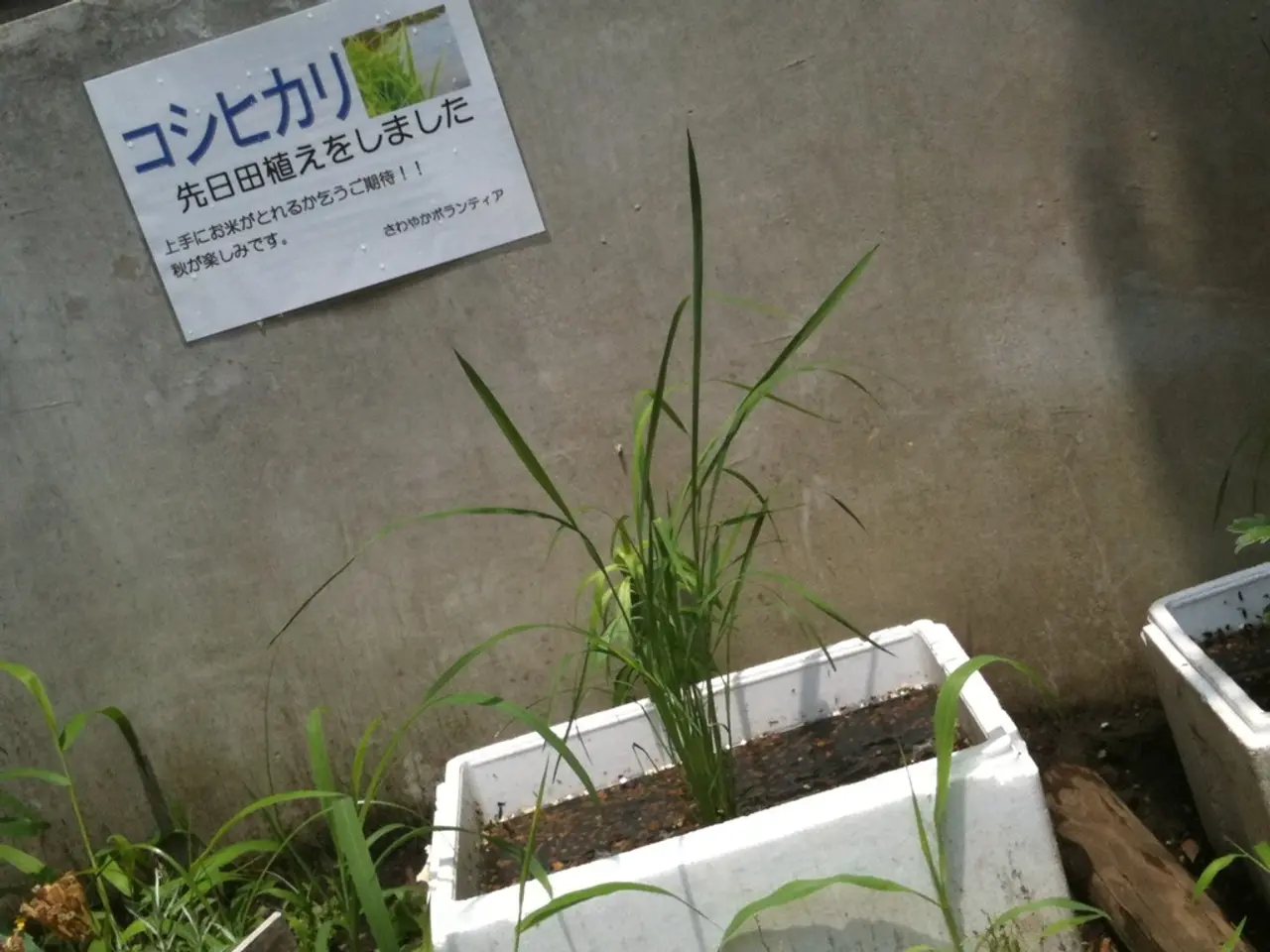Causes of White Soil in Potted Plants
Mould and salt deposits are common issues that can affect the health of your plants and the quality of your indoor environment. In this article, we'll explore the causes, appearances, effects, and solutions for both problems.
**Mould Growth**
Mould thrives in moist environments with poor air circulation, overwatering, and high humidity. The white, grey, green, or blue fuzzy or grainy patches on soil or plant containers, sometimes accompanied by a musty smell, are telltale signs of mould growth. If left untreated, mould can suffocate plant roots, reduce soil oxygen, promote root rot, and in severe cases, lead to plant death. Some moulds and fungi are pathogens causing diseases like late wilt in maize. Indoor mould may also cause respiratory irritation, especially in sensitive individuals.
To prevent mould, avoid overwatering, use well-draining potting mix, pick a pot with drainage holes, improve air circulation, remove dead plant material, and increase sunlight exposure.
**Salt Deposits**
Salt deposits are caused by water-soluble fertiliser gathering on the soil surface and evaporating. They appear as white, crusty, or powdery residue on soil surfaces or the rim of clay pots. High soil salinity impairs water uptake by roots, leading to dehydration, nutrient imbalances, and growth stunting. Salt burn may also cause leaf edges to yellow or brown. On terracotta pots, salt deposits can cause flaking, chalking, and surface erosion over time.
To prevent salt deposits, water with rainwater, distilled, or filtered water to minimize mineral content, fertilize properly, leach soil periodically, and scrub terracotta pots regularly to remove salt crusts and prevent surface damage.
**Prevention and Removal**
Preventing mould and salt deposits is crucial for maintaining healthy plants. To prevent mould, water judiciously, improve drainage, enhance airflow, sanitize tools, and remove debris. To prevent salt deposits, follow recommended rates and schedules for fertiliser, use soft water, and clean pots regularly.
To remove mould, gently scrape off visible mould from soil, use natural antifungals like cinnamon or diluted hydrogen peroxide, repot the plant in fresh, sterile soil if necessary, or consider appropriate fungicides. To remove salt deposits, scrub pot surfaces with a brush and water, use a mild acid rinse if necessary, leach the soil with copious water, or replace the top layer of soil or repot entirely if salinity is extreme.
In conclusion, with attentive watering, good hygiene, and proper soil management, both mould and salt deposits can be effectively prevented and remediated. By understanding the causes, appearances, effects, and solutions for these issues, you can ensure the health and longevity of your plants and maintain a clean, safe, and aesthetically pleasing indoor environment.
[1] Frequently asked questions about container gardening are available for further information.
In the realm of home-and-garden, ensuring a proper lifestyle for your plants involves addressing issues like mould and salt deposits. Mould growth, often characterized by fuzzy or grainy patches on plant containers, can be detrimental to your plants' health, causing root suffocation, reduced soil oxygen, and root rot. On the other hand, salt deposits, appearing as white, crusty, or powdery residue on soil surfaces, impair water uptake by roots, leading to dehydration and stunted growth. To maintain a healthy, thriving garden, bear in mind preventive measures such as avoiding overwatering, improving air circulation, removing dead plant material, and sanitizing tools for mould control, and following recommended fertiliser rates, using soft water, and cleaning pots regularly for preventing salt deposits.








